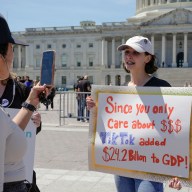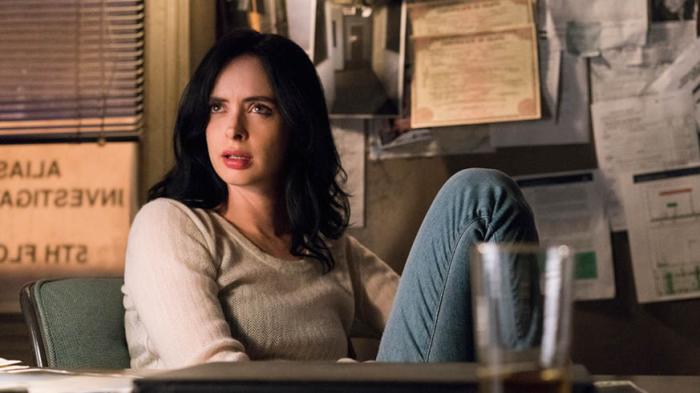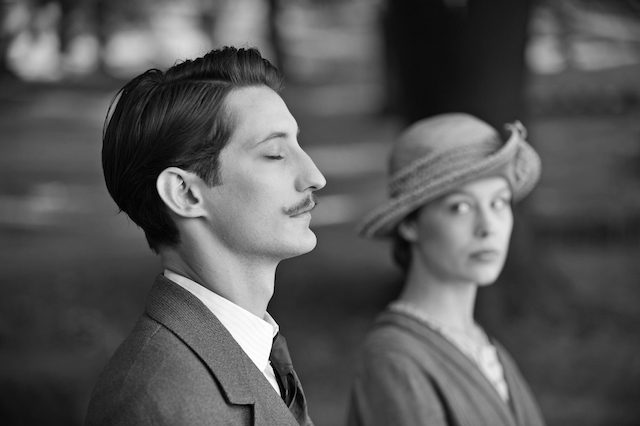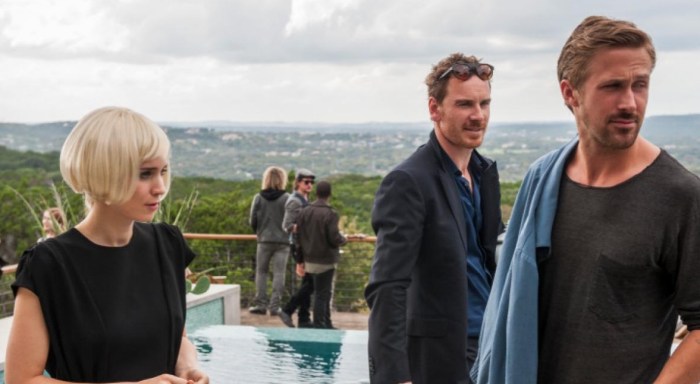‘The Look of Silence’ “The Look of Silence” doesn’t look or feel like “The Act of Killing.” That documentary, to which “Silence” is less a sequel than a companion film, was audacious, darkly comic and relentlessly horrifying. This one is quiet, patient and more deeply haunting. It also arguably does something even ballsier, and may even speak more to our understanding of evil — one of the least understood, and therefore easily repeatable, apparent mainstays of life. The two films need each other, and probably need to have come in this order: “The Act of Killing” to get you to notice its once obscure subject, the 1965 Indonesian genocide; this one to take it even further. “The Look of Silence” knows it has your attention and can therefore do something that’s just as brazen, albeit in a way that seems deceptively modest. “The Act of Killing” had a great hook, if you will: Director Joshua Oppenheimer, Austin-born, talked to the men who did the deeds. A half century ago the then new-military government had hired paramilitary and gangsters to wipe out anyone suspected of being a communist. The body count rose to around a million, if not much higher. Oppenheimer found dozens of perpetrators, only they weren’t afraid to talk to him, and on camera; in fact, they were boastful, bragging about oft-indescribably grisly deeds. Oppenheimer even had them recreate certain killings in the vein of their favorite movie genres: gangster movies, Westerns, garish musicals. They weren’t ashamed; as far as the history books went, at least in Indonesia, they were the victors — badass heroes who saved the country, not homicidal maniacs who, in some cases, were personally responsible for over 1000 dead. “The Look of Silence” is, in many ways, “Killing”’s inverse. Its hook is that it’s the survivors who speak to the perpetrators, directly — bravely, maybe foolishly and maybe even foolhardily. Our guide is Adi Rukun, who never met the older brother slaughtered during the genocide; in fact, he was born because his parents wanted to have another child after the one before was murdered. While tending to his elderly parents, who have for 50 years been unable to speak out about what happened, Adi uses the high-powered connections Oppenheimer made while making “Killing” to get himself in rooms with men who committed heinous deeds and ask them about it straight. Adi never raises his voice and never gets too worked up, but he also doesn’t shy away from being frank and direct. Sometimes he’s talking to a perpetrator and a relative; sometimes he’s talking to the family, including the wife, of someone who has since passed on. They tend to offer excuses or denials; in the case of the daughter of one perpetrator, she nervously tries to arrive at some place of peace, politely trying to talk around the trauma of learning the depths of her father’s depravity. Even when talking, as in the climax, to the family of a man, since deceased, known to have helped kill his brother, Adi keeps his cool without holding back. Like Adi, Oppenheimer’s film is interested in talking and understanding and having people take responsibility, but not interested in revenge. Haunting “Silence” is the idea that nothing can correct the past; those killed have been killed, and punishing those who’ve committed crimes — even those considered war crimes under the Geneva convention, as here — won’t bring them back. What it is interested in is a deeper understanding of what drives innocent people to do grisly deeds. “The Look of Silence” teems with quiet staring. There are many shots of Adi staring at those he confronts or at television screens — with no discernible expression, a blank slate to project what we imagine onto it. (At times it feels like a corrective to the backslapping fun had by the perpetrators in “Killing”; here their jokey anecdotes are greeted with a stern stare.) There are also many shots of the perpetrators and their relatives, staring at them as they try to verbalize spluttering thoughts while their face betrays their real emotions. Oppenheimer doesn’t judge them; his approach is more anthropological. Humanity has long treated evil in a knuckle-scraping, Charles Bronson-in-“Death Wish” fashion — as if it was some kind of virus, treatable only through being stomped out like cockroaches. What Oppenheimer’s remarkable two films have argued is that the only way to really stop it, or at least lessen it, is through empathy — brave, heroic, sometimes unthinkable empathy for those who we’d like to think don’t deserve it. We watch as Adi ignores what may be his own impulses to retaliate, to seek recrimination against those who deserve it. Instead he listens. Follow Matt Prigge on Twitter @mattprigge
Director: Joshua Oppenheimer
Genre: Documentary
Rating: NR
5 (out of 5) Globes
‘The Look of Silence’ is a revolutionary look at how we treat evil
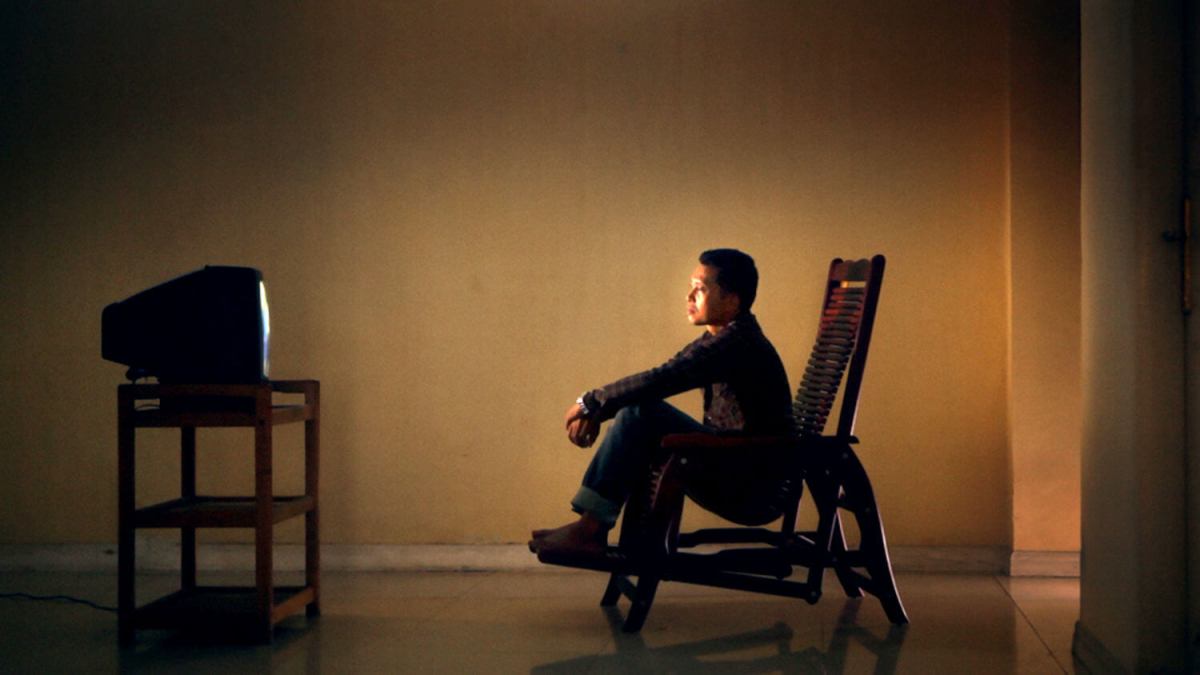
Drafthouse Films







